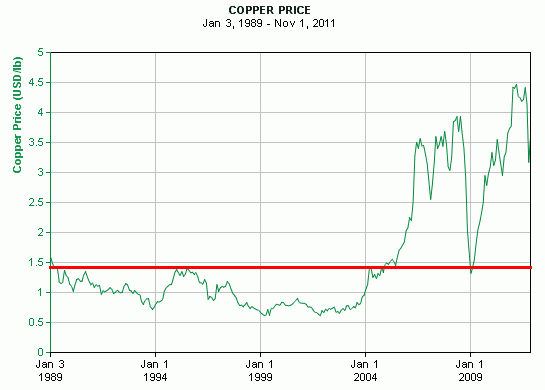Coax Cable - Buyer Beware
Compliments of Firestik® Antenna Company Technical Support Team
Copyright © 2011 Firestik® Antenna Company

|
The main reason for writing this article is to warn you of another caveat emptor (let the buyer beware) in our communications industry. While at it, we will add some meat to the bone of contention after defining the bone. This all has to do with money, quality and primarily, coaxial cable. Without getting into the history of coaxial cables "RG" designations, just know that it all has to do with government designated, military specifications. What is designated by the RG number is the minimum physical and/or performance characteristics that the military will accept for coaxial cabling they will use. And like many things "government" there are holes in the system. The main problem with the coaxial cable RG designation system is that very few people in the communications hobby sector understand that the number tells you nothing specific about the shielding. Each RG number has its own milspec insofar as shielding goes and typically ranges from 80% to 100% coverage. For most cables used in amateur communications, the 80% minimum shielding is sufficient. We think that the shielding is more important and all of our cables are spec'd out at 95% center conductor dielectric coverage. In many ways, RF (radio frequency) goes through coaxial cable like water through a hose. If you have a cheap or old hose without a nozzle on the end it may function as you would expect, but it you screw on a high pressure nozzle the pressure inside the hose will increase and all of a sudden you may notice water squirting out through small holes you didn't know existed. Unfortunately, you can't see RF leaking out of your coaxial cable. But, when you are pushing RF into a high quality antenna, poor quality coaxial cable, particularly those with a low percentage of shielding, problems can occur. We see it all of the time and help individuals fix problems simply by having them get a quality coaxial cable. We have seen coaxial cable with coverage down in the 50% range. Pathetic! Companies will do this to save pennies, more so now, because of high copper prices (more on that later) and you will never find that specification printed on the cable jacket. Bottom line on shielding; if you are going to use a high performance antenna like our top-loaded Firestik brands, make sure you connect it to your radio with the best coaxial cable you can find. All coaxial cables are not created equal and it is no place to go shopping based on price alone. A second and more disturbing thing is happening with coaxial cable in the past year or two. Again, this has to do with the high cost of copper and buyers giving cost a priority over quality. Unlike alternating or direct current that travels through a conductor, RF travels on the outer surface so some lo-ball manufactures came up with the idea to use copper plated steel wire instead of solid copper in both the center conductors and shielding of their coaxial cables. Doing so changes the entire complexion of the feedline. Regardless of whether the current flows through or on the surface of the wire, flowing current creates electromagnetic fields. The fields around a wire made of ferrous metals, like steel, will be different than what will be realized around non-ferrous metals. When you go buying coaxial cable, you may want to carry a magnet in your pocket. Put the magnet up against the cable and if it sticks, you'll know it is steel wire.
About copperThe "good old days" of reasonable copper prices have been gone [mostly] for about seven years (as of the date of this article - 11/28/2011). Copper is one of the most used industrial metals. With few exceptions, every wire and every coaxial cable uses copper. It is also the primary component in both bronze and brass. Here at Firestik, we are highly dependant on copper. Copper is used to create all of our antennas, all of our coaxial cables, and in the brass antenna bases and fittings related to the antenna business. Eventually, you pay for the up tick in the commodity price of copper on the spot markets. You cannot isolate yourself from what goes on in the commodities markets. And, there is more to the price than what meets the eye. 
When you see quoted copper prices, that price is for unprocessed ingots or sheets. How the buyer wants the copper processed is tacked on afterwards. For instance, if you want it drawn into wire that adds to the cost. If you want it insulated that also adds to the cost. And if you want it on ten pound or 100 pound spools, that adds in as well. Even though the spot price fluctuates, what is often referred to as "the differential" does not change with the base price. Whether the copper price is one dollar or four dollars a pound, the cost to process it remains fairly stable. On a recent purchase we made the base price was $3.90/pound and another 67-cent/pound (17%) was added for the way we requested it (double insulated pure copper wire) and for the profit that the processor demands to produce and distribute it. It has been a very bumpy road since 1995. |

Updated: 2023.12.05